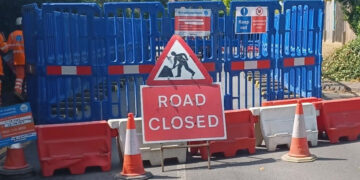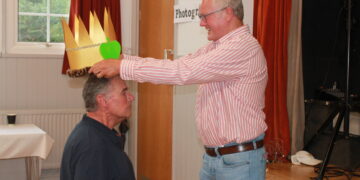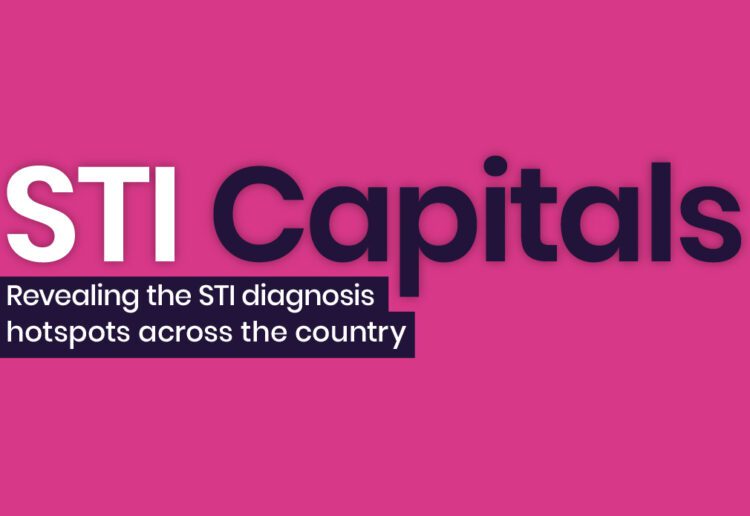New research has revealed the top 10 areas of England that have the more (and less) chlamydia diagnoses, and Wokingham featured in eighth place as one of the least infected areas.
Health experts at NowPatient looked at STI data across the UK to reveal the areas and regions where these infections are most prevalent, both overall and by individual STIs.
The STIs included in the study are chlamydia, gonorrhoea, genital warts & herpes, syphilis, trichomoniasis, mycoplasma genitalium and HIV.
Wokingham featured in the top ten least infected areas of England for chlamydia, with a total of 223 newly reported diagnoses, and 125.16 per 100,000 people in the area.
Navin Khosla, a pharmacist at NowPatient, commented on the signs and symptoms of chlamydia and what you should do if you think you have the STI.
“Chlamydia is transmitted through unprotected sex and is particularly common in sexually active teenagers and young adults.
“It is recommended that those age groups should take a test once a year, and or when they have sex with new or casual partners.
“Most people with chlamydia do not notice any symptoms and therefore do not know they have it. However, there are symptoms to keep an eye out for pain when urinating, an unusual discharge from the vagina, penis or bottom.
“In women, this includes stomach pains, bleeding after sex and bleeding between periods. In men, it is often associated with pain and swelling in the testicles.”
“If you are experiencing any of these symptoms, or think you are at risk of having an STI, contact your GP for an appointment, or visit a community contraceptive service or local genitourinary medicine (GUM) clinic to get tested.”
Reacting to the news, a spokesperson for Wokingham Borough Council told Wokingham Today: “Low STI rates in Wokingham Borough reflect the good work of the sexual health services and partnership, working to educate and deliver safe and accessible services.“We encourage everyone to have a STI check-up.
“It is quick and easy to do and many tests can be done at home.”




















































